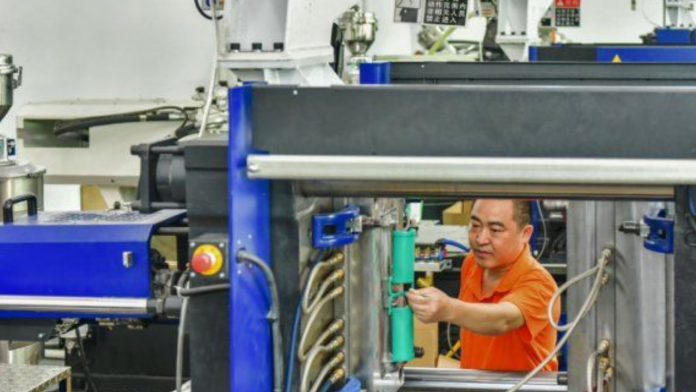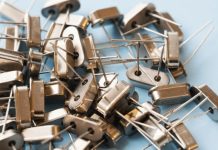The process of injection molding is heating a material of choice most often plastic or metal and then forcing it under intense pressure into a mold. Beautiful three-dimensional objects are produced as the molten material cools and solidifies, taking on the shape of the mold. Because of its great efficiency, complex, precise, and consistently high-quality items can be produced in large quantities.
Many different industries use injection molding extensively to create a wide range of products, from everyday items like packaging and electronic components to critical applications in automotive and medical devices. It is a preferred method for a variety of manufacturing needs due to its versatility, cost-effectiveness, and capacity for high volumes.
Distinction between 3D Printing and Injection Molding
While both 3D printing and injection molding are manufacturing techniques, there are important distinctions between them in terms of application, speed, materials, and technology. This is a quick analogy:
Scalability and Cost:
Due to the high upfront costs of mold fabrication, injection molding is typically more economical for large production runs. A potential roadblock to smaller-scale production is the cost of making molds. Nevertheless, because it does not require pricey molds, 3D printing is more cost-effective for low to medium-volume production and prototyping. If 3D printing is more cost-effective for small-batch manufacturing, specialized markets, and customized products, injection molding is best suited for industries that need large quantities of products produced.
Lead Time and Flexibility:
The process of injection molding necessitates the creation of molds, which can result in significant lead times. Mold design and manufacture can take several weeks or even months. On the other hand, because 3D printing doesn’t require molds, it can achieve shorter lead times and faster design iterations. Because of its exceptional adaptability to changing design requirements, 3D printing is a great choice for industries where innovation and rapid prototyping are critical.
Material Properties:
Injection molding is appropriate for applications requiring a higher degree of material purity since it can handle a wider variety of materials, including high-performance thermoplastics. Once restricted to specific polymers, 3D printing is quickly embracing a wider range of materials, including metals, ceramics, and other cutting-edge materials. With injection molding providing a greater range of options, selecting between the two processes frequently comes down to the particular material properties needed for the application.
Geometric Complexity:
The layer-by-layer additive manufacturing process of 3D printing makes it an excellent method for creating intricate and complex geometries. It provides unmatched design freedom, making it possible to produce parts with internal structures and shapes that injection molding would find difficult or impossible to produce. Even with its precision, injection molding can be limited when working with complex designs because of the intricacy of the mold and issues related to ejection. Because of this, industries that value intricate and personalized geometries tend to favor 3D printing.
Environmental Aspects:
There are environmental effects associated with both 3D printing and injection molding. Excess material from the spruce and runner system can be wasted during injection molding, and the mold-making process uses a lot of energy and hurts the environment. Conversely, layer-by-layer waste is produced by 3D printing, and depending on the material used, the environmental impact can change. To address these environmental issues, sustainable materials and recycling techniques are being developed for both technologies, making them more environmentally friendly.
Precision and Surface Finish:
High precision and superb surface finish are two areas where injection molding shines. Smooth and visually attractive products can be produced by this process because the molds used can have intricate details. Even though 3D printing is becoming more accurate and has a smoother surface, it might not be as high-quality as injection molding. Nonetheless, applications that value design flexibility and quick prototyping over surface perfection frequently find the trade-off to be acceptable.
Finally
Two different manufacturing techniques, 3D printing and injection molding, each with special advantages and uses. While 3D printing provides unmatched design freedom and flexibility, injection molding excels in high-volume production with exact tolerances. The decision is influenced by various elements, which mirror the ever-changing nature of contemporary manufacturing, including production volume, design intricacy, and material requirements.


















